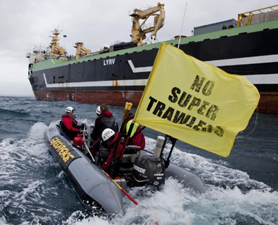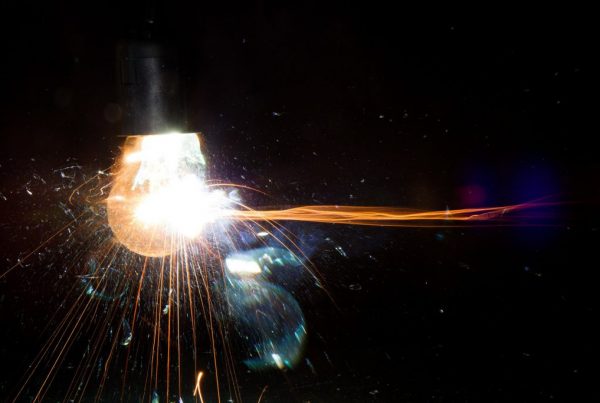A case study demonstrating the importance of Community Relations in Crisis PR.
From the public’s point-of-view we may have gone past the point of intelligent discussion about whether or not the giant trawler,  Margiris, is going to damage Australia’s precious fish stocks.
Margiris, is going to damage Australia’s precious fish stocks.
And the era has passed when organisations can argue ‘scientific facts’ over ‘activists’ misinformation’. The public has learnt that: scientists have argued (and fibbed) on each side of climate change and both sides have fibbed; scientists gave rise to BP’s deep-sea drilling platform in the Gulf of Mexico; scientists built and maintained the Fukushima power plant.
In the case of Margiris, the company lost the PR battle, and community trust, before it has started.
At fault is community relations, or lack of it. We’ve learnt from other experiences that ‘biggest’ creates distrust. The hurdle it has to jump before it gains public approval (the social license to operate) is the highest.
- The biggest wind farm will always be the focus for activists concerned about health risks
- The biggest cotton farm will always be the focus for concerns about water-use efficiency
- The biggest live export sheep carrier will always be the target for concern about live sheep exports
- The largest mine ……. and so on.
It’s hard to regain public trust once lost. The company is now hoping to regain public trust but encouraging the government to impose restrictions on its activities, and so tying its reputation to the government’s.
But well organised companies manage their stakeholder relations.
There’s a good case study in an energy company we have worked with. The company has the potential to be the biggest of its type in Australia, and under the right circumstance, a huge public asset. However, there was a lot of community concern about it, so the company set out to show, over a period of time, that it could be a valuable member of the community.
- It started out with a small pilot plant in another country and took small numbers of Australians, including sceptics, to have a look at its environmental credentials.
- It encouraged discussion amongst the right people, including politicians who one day might be asked to support/promote it.
- It educated some critical journalists who could later become opinion leaders.
- It then built another pilot plant, this time in Australia.
- It worked more to gain its social and environmental credentials.
- A local paper even wrote about the company’s behaviour as an example of good community engagement.
- It’s worked with more community groups (including a Community Liaison Commitee, and an Information Centre) to gain further public acceptance.
It earned a social licence to operate. It didn’t rely on scientists or politicians to do its heavy lifting.
For more reading on the Margiris go to the company website and this article in The Conversation (read the comments, which are insightful) and News Ltd.





